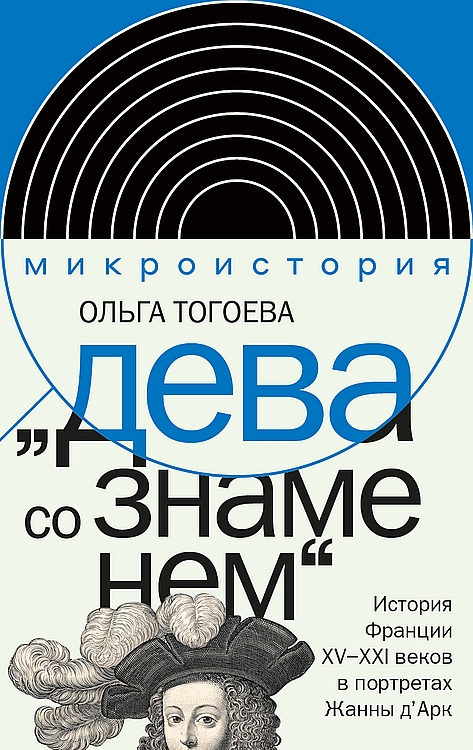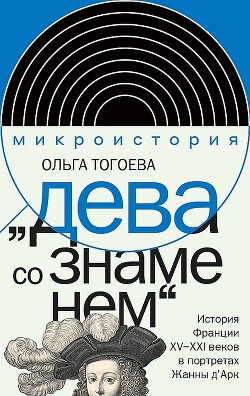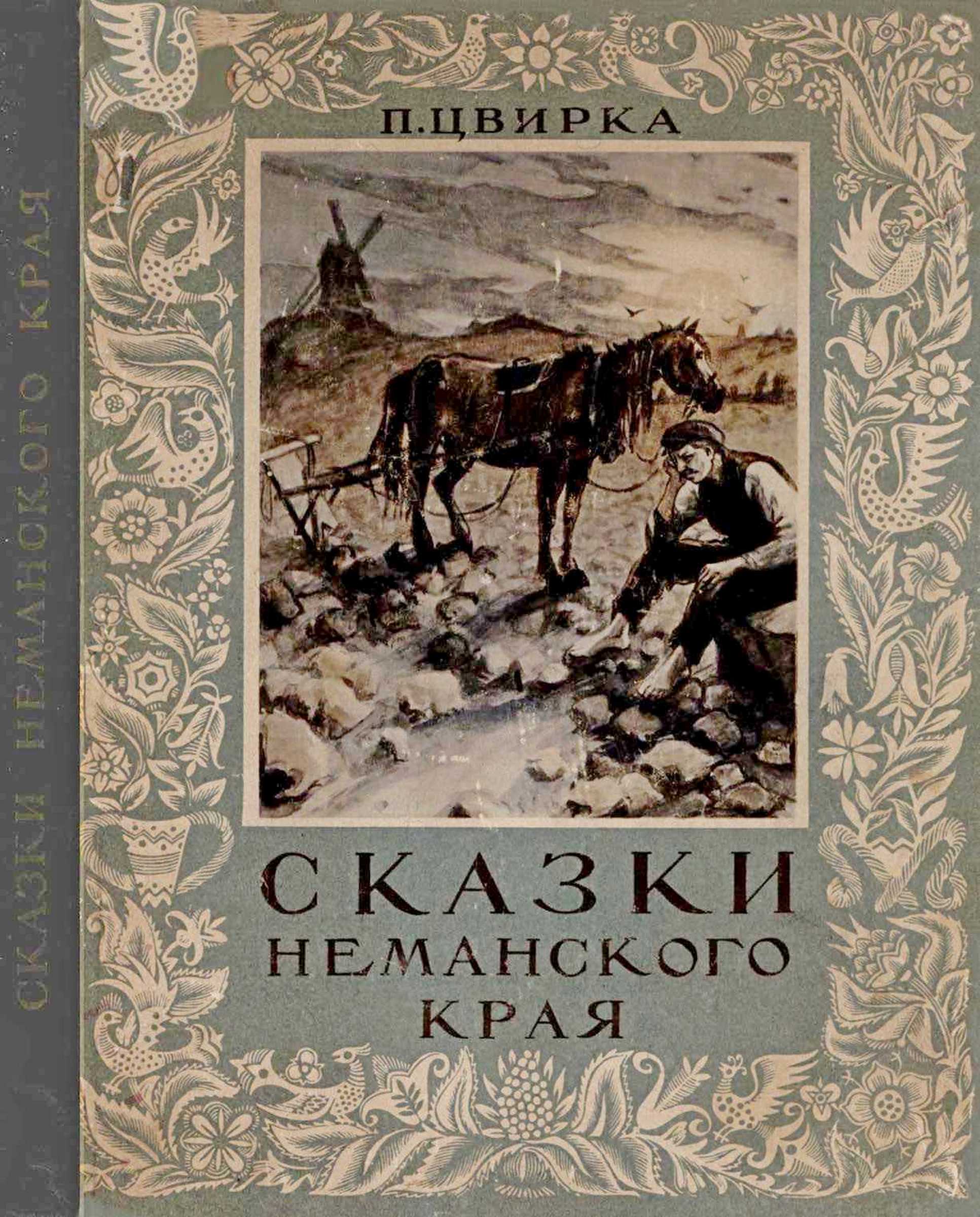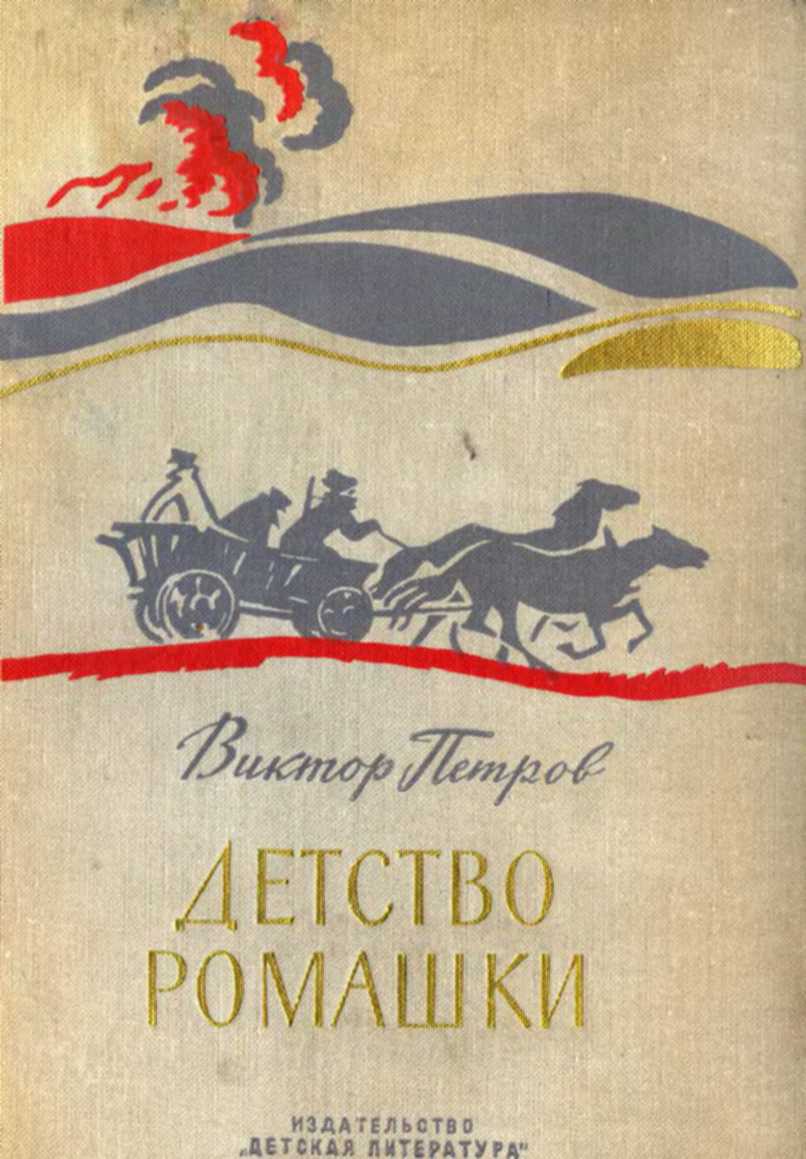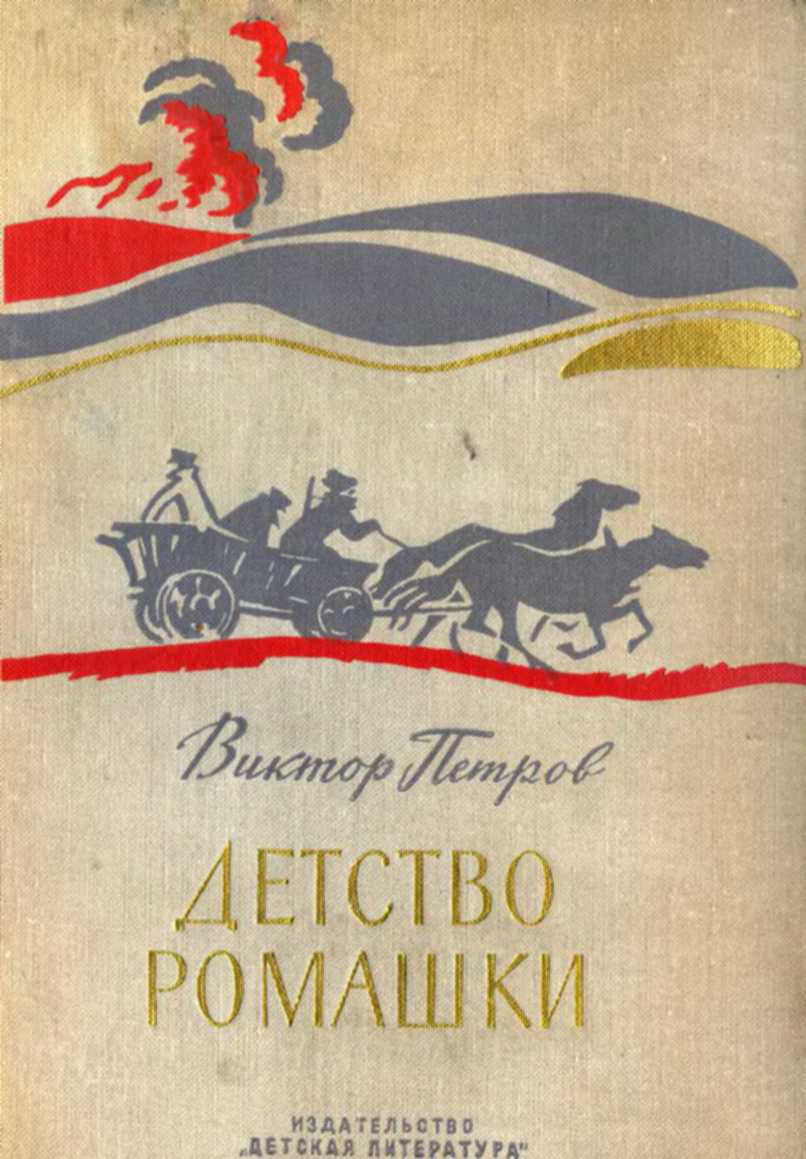peuple français» (Destruction du monument de la Pucelle à Orléans // Procès de condamnation et de réhabilitation de Jeanne d'Arc. T. 5. P. 239–243).
«Le Conseil général de la commune d'Orléans, sur la pétition des citoyens., estime que le monument de la Pucelle, loin de pouvoir être regardé comme un signe de féodalité insultant à la liberté du peuple français, n'annonce au contraire qu'un. témoignage glorieux de la valeur de nos ancêtres qui ont délivré la nation française du joug que les Anglais voulaient lui imposer» (Ibid. P. 241).
«Les figures en bronze, formant le monument de la Pucelle, seraient employées à la fabrication des canons, et que pour conserver la mémoire du monument de la Pucelle, un des canons porterait le nom de Jeanne d'Arc, surnommée la Pucelle d'Orléans» (Ibid. P. 242–243).
Bouzy O. Images bibliques à l'origine de l'image de Jeanne d'Arc. P. 239.
«At one of the extreames of the bridge are strong toures; and about the middle neere one side, the statue of the Virgin Mary, or Pieta, with a Christo Morto in her lap, as big as the lif. At one side of the Crosse kneeles Charles the VIIth arm'd, and at the other Jane d'Arc the famous Pucele arm'd also like a Cavalier with boots ans spurs, her hayre dischevel'd as the Virago who deliver'd the Towne from our Countrymen, what time they beseig'd it» (The Diary of John Evelyn / Ed. by E. S. de Beer. 6 vol. Oxford, 1955. T. 2. P. 137).
Покровский Н. В. Евангелие в памятниках иконографии. С. 452–454; Дзуффи С. Эпизоды и персонажи Евангелия в произведениях изобразительного искусства / Пер. В. Ю. Траскина. М., 2007. С. 313–326; Паскале Э. де. Смерть и воскресение в произведениях изобразительного искусства / Пер. М. А. Юсима. М., 2008. С. 164–167.
Upton J. M. Petrus Christus: His Place in Fifteenth-Century Flemish Painting. University Park; L., 1990. P. 51–88.
Покровский Н. В. Евангелие в памятниках иконографии. С. 124–127; Степанов А. В. Искусство эпохи Возрождения. Нидерланды, Германия, Франция, Испания, Англия. СПб., 2009. С. 22–32, 37–42, 61–62, 97–101, 376–377, 393–397, 402–408.
См. выше: Глава 1. См. также: Тогоева О. И. Еретичка, ставшая святой. С. 235–266.
Saxer V. Le culte de Marie Magdaline en Occident dès origines à la fin du Moyen Âge. Auxerre; P., 1959. О двойственной связи, установившейся в этот период между двумя святыми, см., в частности: Warner M. Alone with All Her Sex: The Myth and the Cult of the Virgin Mary. N. Y., 1985. P. 224–235.
Karras R. M. Holy Harlots: Prostitute Saints in Medieval Legend // Journal of the History of Sexuality. 1990. Vol. 1 (1). P. 3–32. См. также: Saxer V. Le culte de Marie Magdaline en Occident. P. 2–6.
«Воскресши рано в первый день недели, Иисус явился сперва Марии Магдалине, из которой изгнал семь бесов» (Мк 16: 9).
«У нее была сестра, именем Мария, которая села у ног Иисуса и слушала слово Его» (Лк 10: 39).
«И вот, женщина того города, которая была грешница, узнавши, что Он возлежит в доме фарисея, принесла алавастровый сосуд с миром. И, ставши позади у ног Его и плача, начала обливать ноги Его слезами и отирать волосами головы своей, и целовала ноги Его, и мазала миром» (Лк 7: 37–38).
Saxer V. Le culte de Marie Magdaline en Occident. P. 55, 221–224, 267; Jansen K. L. The Making of Magdalen. Preaching and Popular Devotion in the Later Middle Ages. Princeton, 2001. P. 34, 172, 176–184, 322–323.
«Fuit igitur secundum saeculi fastum clarissimis beatissima Maria natalibus exorta, quae… a Magdallo castello Maria Magdalene nuncupata est. Quam non solum germinis dignitas, verum etiam patrimonii jura parentum excessu splendidam reddiderunt: adeo ut duplicatus honor nominis excellentiam circumquaque diffunderet. Sed quia rerum affluentiam, interdum voluptas comes sequitur, adolescentioris vitae tempora, lubricis supposuit discursibus, solutis pudicitiae frenis» (S. Odo abbas Cluniacensis Sermo II. In veneratione sanctae Mariae Magdalenae // PL. T. 133. Col. 713–721).
Иаков Ворагинский. Золотая легенда / Пер. И. И. Аникьева, И. В. Кувшинской. 2 т. М., 2017–2018. Т. 2. С. 71–72.
Karras R. M. Holy Harlots: Prostitute Saints in Medieval Legend. P. 21–23; Jansen K. L. The Making of Magdalen. P. 168–177, 333–334.
Karras R. M. Holy Harlots: Prostitute Saints in Medieval Legend. P. 26–28; Jansen K. L. The Making of Magdalen. P. 130–134, 157–167.
Иаков Ворагинский. Золотая легенда. Т. 2. С. 70–71.
S. Bernardini Senensis Sermo 46 // S. Bernardini Senensis Opera omnia. 9 vols. Quaracchi, 1950–1965. Vol. 2. P. 73.
Этому сюжету была посвящена отдельная статья в списке обвинений, составленном в 1431 г. прокурором руанского трибунала Жаном д'Эстиве: «Item dicta Iohanna abusa est revelacionibus et propheciis quas dicit se habere a Deo, convertens eas ad lucrum temporale et questum; nam, per medium huiuscemodi revelacionum sibi acquisivit magnam coppiam diviciarum et magnos apparatus et status in officiariis multis, equis, ornamentis, ac eciam pro fratribus et parentibus magnos redditus temporales» (PC, 1, 263).
Procès de condamnation et de justification de Jeanne d'Arc, précédés de la chronique du siège d'Orléans // BNF. Ms. lat. 14665. Fol. 340.
См. выше: Глава 1.
BNF. Ms. fr. 5054. Fol. 71. См. также: Ibid. Fol. 60v, 62, 66v, 70.
